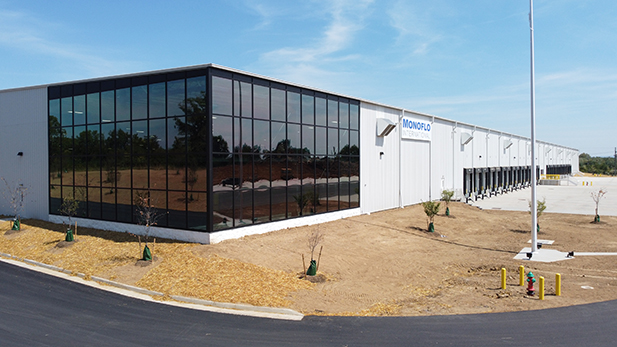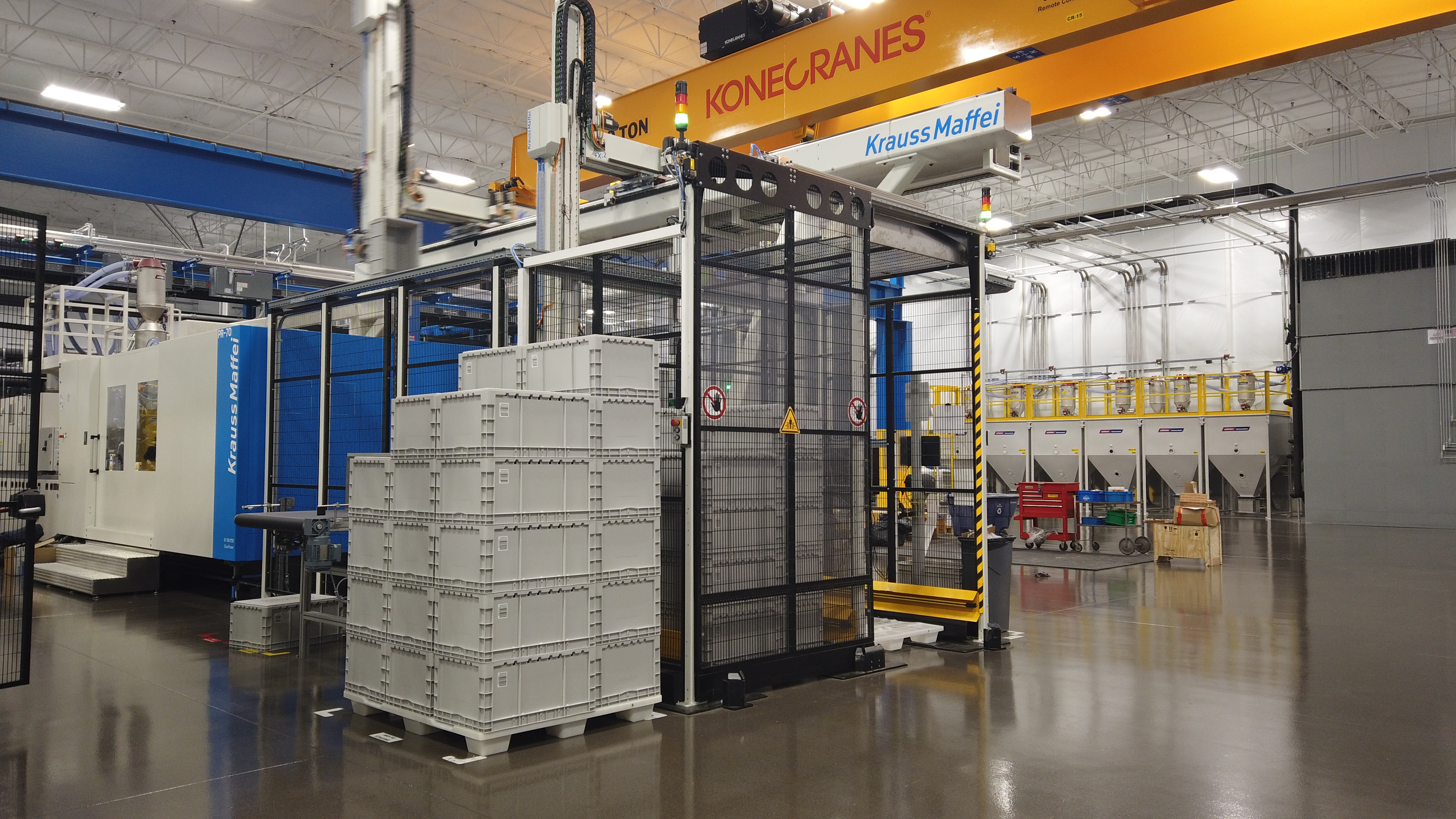Plastic automation totes and trays are a critical component of any automated system. They are the standard alternative to corrugated boxes that don’t convey well at high speeds and can be easily damaged, causing product loss, operational inefficiencies, and resulting in unnecessary waste.
Plastic automation totes are clean and hygienic, eliminating dust and fibers that can result from totes made from other materials, and if they become soiled, can be easily washed, and quickly returned into use. Automation totes create the uniformity required across non-uniform items to optimize handling efficiency.
But there are many different types of plastic automation totes and tote manufacturers. When totes are not well selected for their function or poorly manufactured, they can be unnecessarily expensive or perform improperly to the point of continuous system failures. Below, we’ll discuss some of the top considerations that will influence your tote selection for automated systems.
Size & Customization Options
While every automated system is unique, there are many standardized tote footprints used across a variety of automated systems. Two of the most commonly used are the 600 mm x 400 mm and 650 mm x 450 mm footprints. Within each footprint, there are different height options, typically ranging from 220 mm to 440 mm. Depending on the system and the products that need to be accommodated in the container, custom sizes may be required.
Oftentimes, tote customizations other than size are required for a specific application. For example, barcode labels that uniquely identify a tote need to be in specific locations and readable on the container so the system can accurately read it.
Optional dividers or mini tote systems offer flexibility and allow for more efficient use of a container. Depending on the product that will be inside the tote, custom material blends, such as ESD (Electrostatic Dissipative), may also need to be considered.
Specifications & Tolerances for Automated Storage & Retrieval Systems
Tote requirements for an automated system leave very little room for error. Deviation from specs, even by a millimeter, can cause totes to get hung up in the system, potentially bringing operations to a halt.
The bottom of an automation tote is also critical to its performance. It impacts how well the tote moves throughout the distribution center as well as how the items contained within the tote will be supported. The wrong bottom can also contribute to unwanted noise in a facility.
Look for Quality, Repeatable Manufacturing
AS/RS can be tough handling environments for totes, so you’ll want to work with a manufacturer that understands how to produce a durable container that will continue to perform in the system for a long time.
Reliable repeatability is paramount to the success of a manufacturer of automation containers. A quality manufacturer will be able to consistently manufacture totes within the required specifications and without deviation. This means consistency between the first tote in an order to the last, and from one order to another. That consistency also extends to predictable cycle times, resulting in accurate production schedules and on-time deliveries.
Choose Monoflo for Automation Totes
Consistent, Quality Products
Monoflo has invested in cutting-edge technology that enables us to manufacture high-pressure injection molded automation containers fast and at a lower price while still adhering to the strictest of spec tolerances.
Our ISO 9001-2015 processes and state-of-the-art technology ensure every piece that comes off the line meets these specifications for the best possible performance, order after order. And our consistency in manufacturing translates into reliable totes, delivered on time for a seamless induction.
Industry Experts
With so many options and plastic automation tote manufacturers out there, it can be a challenge to sort through the noise and decide what’s best for your application. As we help our customers navigate their tote selection, we start by understanding what their need is.
What kind of system will this tote be inducted into? What type of products will be contained in the tote?
There are several considerations that contribute to selecting the appropriate container for the job, and you’ll want an experienced product and industry expert to help you work through them all.
Whether you’re building a new facility or inducting new totes into an existing facility, our experience and relationships with system integrators enable us to deliver exactly the tote that you need within the tolerances required to ensure a seamless induction into your system. Our automation container product lines include Stack Only Containers, Collapsible Containers, and Stack & Nest Containers. For more information or to learn about our automation tote offering, get in touch with our team today.


